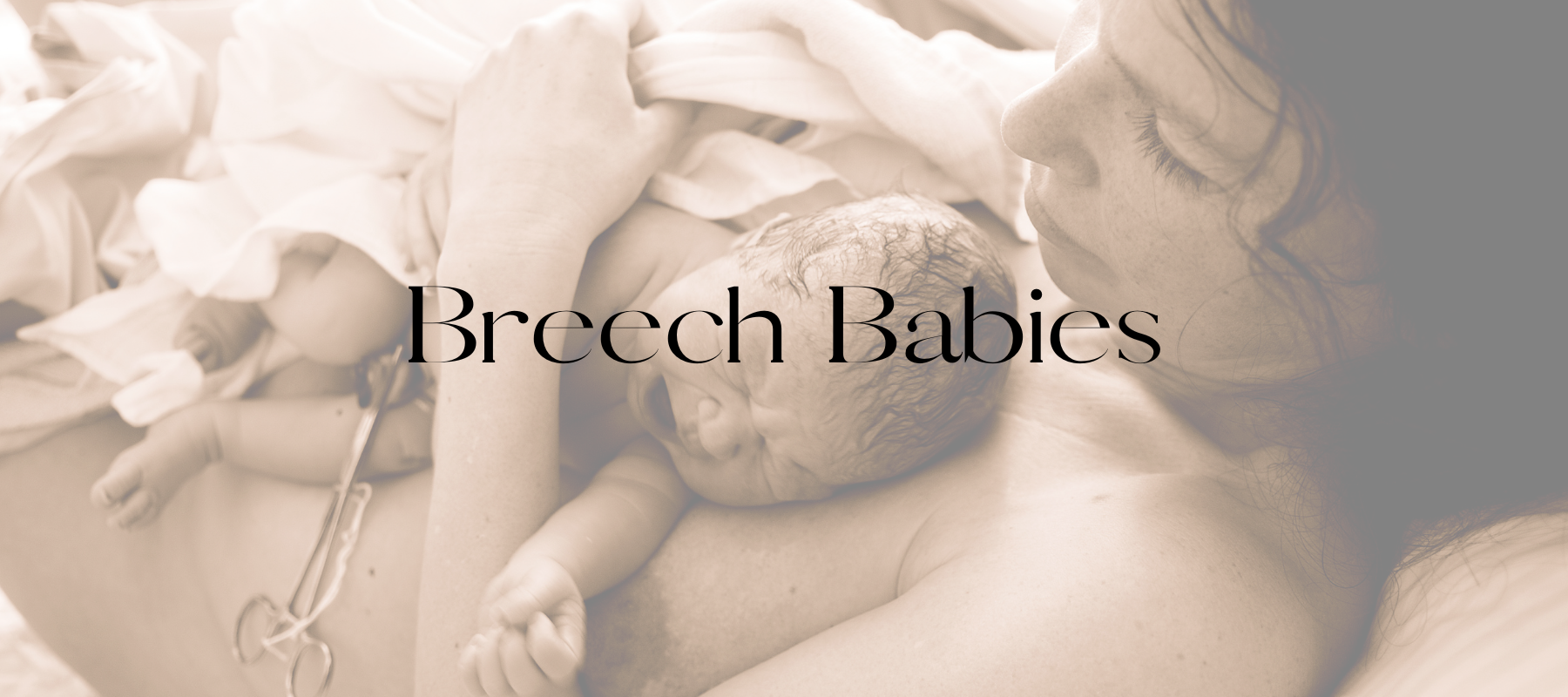Newborns actually show you that they are hungry long before they cry. Crying is actually a ‘late’ sign of hunger. By being able to recognise and respond to early hunger cues, you can offer breastfeeds when your baby is calmer and more alert.
This is particularly important if you are both still learning how to attach and breastfeed effectively, because latching can take time and patience!
With this in mind, here are some signs your baby might be ready for a feed!
Early hunger cues- Turning head side to side
- Opening and closing their mouth
- Smacking or licking their lips
- Lifting or ‘bobbing’ of their head
- Seeking or ‘rooting’ around for the breast
- Poking their tongue out
- Waving their arms around
Hunger cues
- Stretching and starting to fuss
- Hand to mouth
- Sucking on edge of blanket, neck or hands of someone holding them
Late hunger cues
- Crying, volume increasing
- Turning red in the face/body
- Excessive movement, arms waving/smacking
Some important questions to consider:
“My baby has just started sleeping longer during the night, should I wake them?”
Some babies will prefer to sleep longer during the day, others won’t! However, in the first 4-6 weeks of your baby’s life, they are still establishing a feeding pattern as well as your milk supply. This is an important time period, and requires regular breastfeeds!
The most important thing to focus on is the number of feeds your baby is having in 24hours. For newborns, this should be between 8-12 feeds every 24hrs.
So, if your newborn is consistently lasting 6+hours between feeds (day or night) then they need to be woken for some of their feeds, yes! Just to ensure they are able to ‘get enough feeds in’.
Make sure these feeds are productive feeds too, and they are well satiated afterwards. Baby nappies (watching their output) can help you determine if they are getting enough milk throughout this!
“My baby is always sucking on his/her hands or dummy, does this always mean they’re hungry?!”
After the newborn period, hand and dummy sucking is no longer considered a reliable indicator of hunger. This is because sucking can also be a method of self-soothing. It is also a time when babies are exploring the world around them, becoming more acutely aware of their own limbs, hands and feet. They will also begin to put everything in their mouth during preparation for teething too!
So, this hunger cue is more reliable during the newborn phase.
Written by Keryn Thompson RM & IBCLC (L-301766)
References
Bakermans-Kranenburg, M. J., van IJzendoorn, M. H., Riem, M. M. E., Tops, M., & Alink, L. R. A. (2011). Oxytocin decreases handgrip force in reaction to infant crying in females without harsh parenting experiences. Social Cognitive and Affective Neuroscience, 7(8), 951–957. https://doi.org/10.1093/scan/nsr067
Hodges, E. A., Johnson, S. L., Hughes, S. O., Hopkinson, J. M., Butte, N. F., & Fisher, J. O. (2013). Development of the responsiveness to child feeding cues scale. Appetite, 65, 210–219. https://doi.org/10.1016/j.appet.2013.02.010
Hodges, E. A., Wasser, H. M., Colgan, B. K., & Bentley, M. E. (2016). Development of Feeding Cues During Infancy and Toddlerhood. MCN, The American Journal of Maternal/Child Nursing, 41(4), 244–251. https://doi.org/10.1097/nmc.0000000000000251
Kim, P., Feldman, R., Mayes, L. C., Eicher, V., Thompson, N., Leckman, J. F., & Swain, J. E. (2011). Breastfeeding, brain activation to own infant cry, and maternal sensitivity. Journal of Child Psychology and Psychiatry, 52(8), 907–915. https://doi.org/10.1111/j.1469-7610.2011.02406.x
Little, E., Legare, C., & Carver, L. (2018). Mother–Infant Physical Contact Predicts Responsive Feeding among U.S. Breastfeeding Mothers. Nutrients, 10(9), 1251. https://doi.org/10.3390/nu10091251
Schafer, R., & Genna, C. W. (2015). Physiologic Breastfeeding: A Contemporary Approach to Breastfeeding Initiation. Journal of Midwifery & Women's Health, 60(5), 546–553. https://doi.org/10.1111/jmwh.12319
Shloim, N., Vereijken, C. M. J. L., Blundell, P., & Hetherington, M. M. (2017). Looking for cues – infant communication of hunger and satiation during milk feeding. Appetite, 108, 74–82. https://doi.org/10.1016/j.appet.2016.09.020



